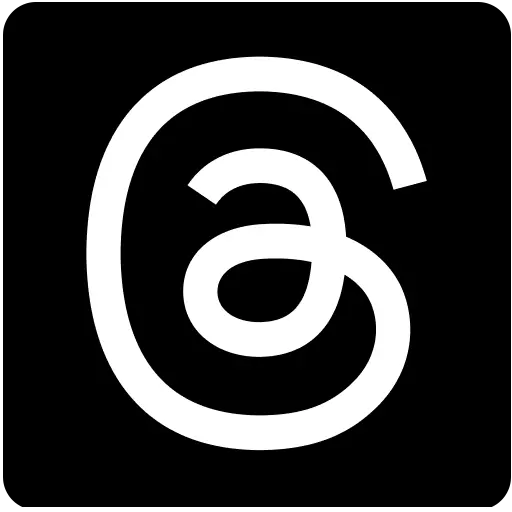
National Toothache Day 2025: Master the Right Way to Use an Electric Toothbrush
2 months ago | 5 Views
Regularly brushing your teeth in the morning and evening is essential for maintaining good oral hygiene. This practice not only eliminates food debris but also helps prevent dental problems such as plaque buildup. When using your toothbrush, ensure that you clean each tooth thoroughly, including your tongue. While manual toothbrushes are effective for dental care, electric toothbrushes offer an alternative that requires less physical effort. If you are unfamiliar with how to operate one, National Toothache Day, celebrated on February 9, provides an opportunity to learn about using an electric toothbrush.
What is an electric toothbrush?
If you wish to understand how to use an electric toothbrush, it is important to first recognize its function. This powered dental device is designed to clean teeth efficiently with minimal exertion. According to dentist Dr. Puneet Ahuja, "Unlike a manual toothbrush that necessitates hand movement, the electric version features bristles that rotate, vibrate, or oscillate rapidly." This action effectively removes plaque, a sticky bacterial film on the teeth, as well as food particles, with little effort required.

How to use an electric toothbrush?
To get the best results, you need to know how to use an electric toothbrush:
1. Apply toothpaste
The initial step to consider when learning to utilize an electric toothbrush is to moisten the brush head. Apply a small amount of fluoride toothpaste, approximately the size of a pea, onto it. Research published in the International Dental Journal in 2024 indicates that fluoride toothpaste is effective in eliminating plaque.
2. Turn it on
Next, activate the toothbrush after positioning it in your mouth to prevent any splattering. Maintain the brush at a 45-degree angle to your gums and gently manoeuvre it along your teeth. Allow the bristles to perform the cleaning action rather than scrubbing back and forth, as one would with a manual toothbrush.
3. Spend some time
Allocate sufficient time for each tooth, ensuring that all surfaces are addressed, including the outer, inner, and chewing surfaces, as advised by the expert. It is important not to rush through the process or overlook areas such as the back molars and gumline. Progress slowly across your teeth without exerting excessive pressure, as electric brushes are designed to clean effectively without the need for force. Dr. Ahuja cautions that applying too much pressure while brushing can harm your gums and erode enamel over time.
4. Brush your tongue
When utilizing an electric toothbrush, it is essential to remember to clean your tongue as well. Gently glide the powered toothbrush across your tongue. According to the expert, maintaining a clean tongue aids in eliminating bacteria and enhancing breath freshness. By preventing the accumulation of bacteria, concerns regarding bad breath can be minimized.
5. Allow time before rinsing
After completing the brushing of your teeth and tongue, expel any excess toothpaste and saliva into the sink. It is advisable to wait for a minimum of five minutes before rinsing your mouth with water, as this allows the fluoride in the toothpaste to remain on your teeth, thereby offering protection against dental issues.
6. Sanitize the toothbrush
Detach the toothbrush head from the handle and rinse it thoroughly under running water. Once the brush head is clean, store it in an upright position in a dry, sanitary location. As you familiarize yourself with the electric toothbrush, ensure that it is charged. Allow it to dry completely before charging; otherwise, inadequate vibrations may occur, diminishing its cleaning efficacy.
The expert also recommends replacing the brush head every three to four months, as worn bristles may become less effective in cleaning.

Do you need to floss after using an electric toothbrush?
It is beneficial to understand the proper use of an electric toothbrush; however, one must not overlook the importance of dental floss. A 2020 study published in the Journal of Dental Research indicated that individuals who flossed daily experienced a reduction in gum disease and a lower incidence of tooth loss over a five-year span.
According to the expert, while electric toothbrushes are effective at cleaning the surfaces of teeth, they are unable to reach the narrow spaces between teeth where food particles and bacteria accumulate. Flossing is essential for removing debris from these confined areas, thereby preventing plaque accumulation, gum disease, and cavities in regions that a toothbrush, whether manual or electric, cannot effectively clean. The expert recommends flossing prior to brushing, as this practice helps to dislodge plaque and enhances the absorption of fluoride from toothpaste.
Acquiring the skills to utilize an electric toothbrush is crucial for maintaining oral health. It may even outperform a manual toothbrush in terms of cleaning efficiency. However, it is important to use the electric toothbrush correctly, rather than treating it as a conventional toothbrush.
Read Also: Chocolate Day 2025: Date, History, Significance & 5 Sweet Ways to Celebrate on February 9
Get the latest Bollywood entertainment news, trending celebrity news, latest celebrity news, new movie reviews, latest entertainment news, latest Bollywood news, and Bollywood celebrity fashion & style updates!





















